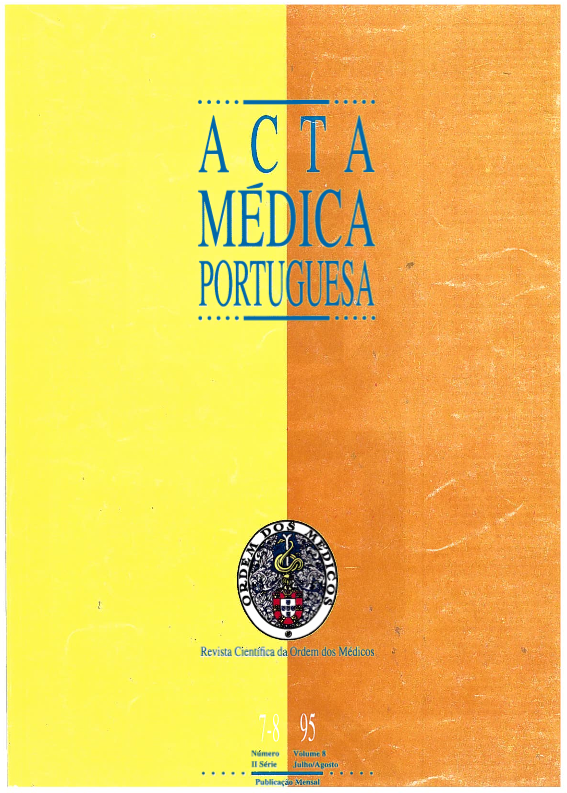Erythrocytic enzymatic systems and their antioxidative potential in pregnant women undergoing labor induction with intracervical PGE2.
DOI:
https://doi.org/10.20344/amp.2728Abstract
Our purpose is to correlate, the apgar score of the new-borns from induction of labour (IL) with Prostaglandin E2 (PGE2) endocervical gel, and the oxidative environment of the pregnant woman during labour, studying biochemical markers of the erythrocytes. PGE2 is responsible for the regulation of the vascular response in pregnancy, namely for the vasoconstriction caused by Angitensin II. The production of Prostaglandins in vivo depends on mechanisms related to free radicals of oxygen (FRO). The production of FRO is enhanced in normal pregnancy. We have studied two erythrocytic enzymes and plasmatic concentration of PGE2 before and after the IL. Those enzymes are oxireductases-the transmembrane reductase (RTM) and the metahemoglobin reductase (MHR). Their function is to prevent the effects of the FRO on cellular biomolecules namely the endothelium and the red blood cells. This prevention of oxidative stress can facilitate the deformability of the erythrocytes, so these cells can easily transpose the small vessels and bind the oxygen to the tissues. The activity of those enzymes can be modulated by PGE2 used in the IL. We have not found significant variations on the activity of RTM after IL. The activity of MHR was enhanced with statistical significance, 30 minutes after the induction. This enhancement of activity can be a mechanism to prevent the oxidative stress of the induction of labour.Downloads
Downloads
How to Cite
Issue
Section
License
All the articles published in the AMP are open access and comply with the requirements of funding agencies or academic institutions. The AMP is governed by the terms of the Creative Commons ‘Attribution – Non-Commercial Use - (CC-BY-NC)’ license, regarding the use by third parties.
It is the author’s responsibility to obtain approval for the reproduction of figures, tables, etc. from other publications.
Upon acceptance of an article for publication, the authors will be asked to complete the ICMJE “Copyright Liability and Copyright Sharing Statement “(http://www.actamedicaportuguesa.com/info/AMP-NormasPublicacao.pdf) and the “Declaration of Potential Conflicts of Interest” (http:// www.icmje.org/conflicts-of-interest). An e-mail will be sent to the corresponding author to acknowledge receipt of the manuscript.
After publication, the authors are authorised to make their articles available in repositories of their institutions of origin, as long as they always mention where they were published and according to the Creative Commons license.









